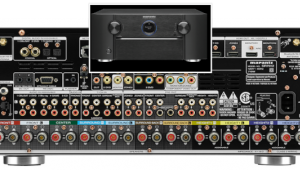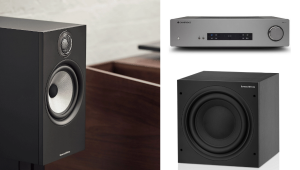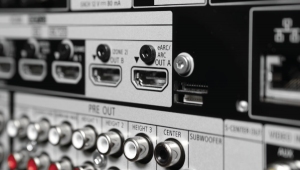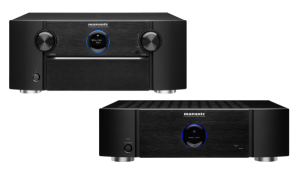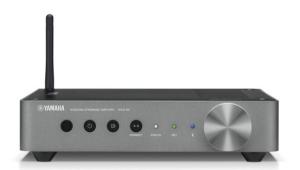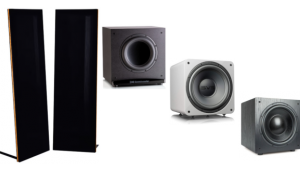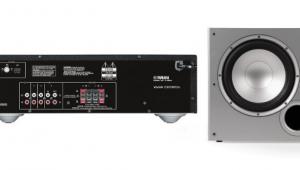Monster HDMI, Subwoofer Connection, Blu-ray Audio

I currently have a Samsung LN52A650 LCD TV with a Panasonic DMP-BD30 Blu-ray player and a Dish Network VIP 722 DVR. Will Monster Cable's Ultra 600 HDMI cables with a speed rating of 4.95Gbps, 8-bit color, and 60Hz refresh rate be adequate with my setup?
Mark Weber Jesup
That cable should be fine with your setup, as long as you limit the length to no more than 16 feet. The cable's speed rating conforms to HDMI 1.0 to 1.2, but it does not meet the HDMI 1.3 standard of 10.2Gbps. How important is this? Not verythe Blu-ray player's maximum output rate is somewhere around 3Gbps with 8-bit color at 60Hz. HDMI 1.3's data rate of 10.2Gbps is intended to accommodate things like Deep Color (up to 16 bits per color) and xvYCC (expanded color gamut), but there is no commercial content with these features, so the ability to carry them isn't important in my view.
Sub Rosa
My receiver is a Yamaha RX-V1800, and I've connected its Sub Out jack to my subwoofer's left-channel input. Does it matter if I use the left, right, or LFE input on the subwoofer?
John Morris
The left and right inputs pass through the sub's internal crossover, which is fine if you're feeding it full-range signals. However, you're feeding it only low frequencies that have been extracted by the receiver's crossover. You don't say what make and model your subwoofer is, but I would guess that the LFE input bypasses the sub's internal crossover. If so, I'd definitely use the LFE input since the receiver is providing the crossover in your case. If you end up using the left or right input, be sure the sub's crossover is set to the highest possible frequency to avoid double-filtering the signal.
No HDMI
I would like to purchase a flat panel along with a Blu-ray player, but my A/V receiver has no HDMI inputs. What the best way to connect the player so I will benefit from the new audio formats?
Franco Morabito
Does your receiver have a multichannel analog-audio input? If so, get a player with multichannel analog-audio outputs, then connect the player's HDMI output to the TV's HDMI input and the player's multichannel audio output to the receiver's corresponding input using six interconnect cables. That's the only way you'll be able to hear the new audio formats in their full glory. Having to switch the TV and receiver inputs to watch Blu-ray is a bit of painI'd prefer to have both video and audio going through the receiver for simplicity's sakeand dealing with multiple interconnects is no fun either. But until you upgrade to an HDMI receiver, this is the best you can do.
If your receiver doesn't have multichannel analog inputs, there's no need to get a player with multichannel outputsyou have no way to hear the full measure of the new audio formats. In that case, the best you can do is connect the player's optical or coax digital-audio output to the receiver. You will only hear the "core" audio datathat is, conventional Dolby Digital or DTSuntil you get an HDMI receiver.
If you have a home-theater question, please send it to scott.wilkinson@sorc.com.
